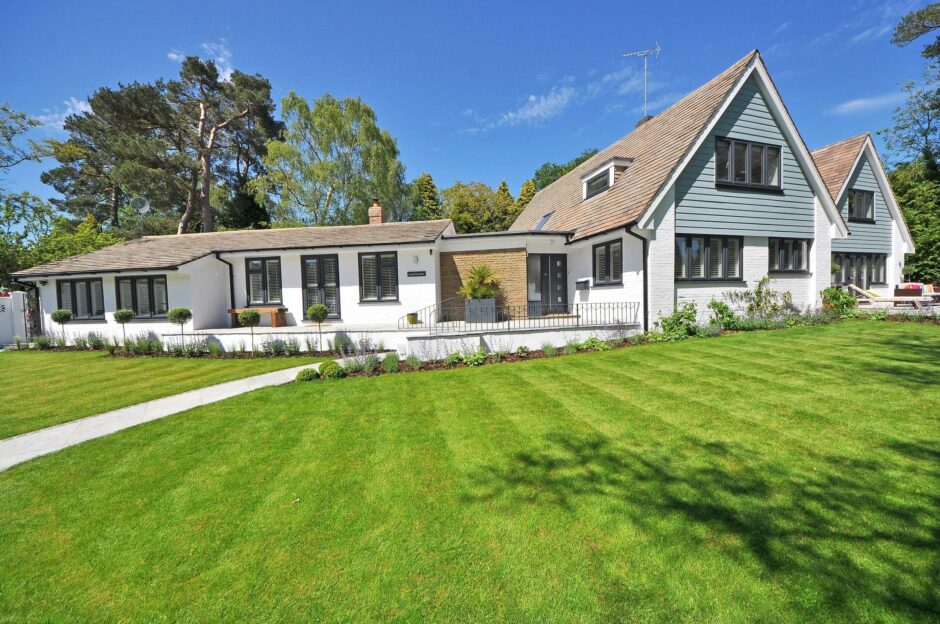Housing and Immigration: Canada Needs more of Both
Last week, the Globe and Mail, Canada’s national newspaper, published a series of editorials on immigration. One area of focus was on housing.
The surge in immigration is no longer new news, but the size of the shift, and its implications across all of society, demand a longer, better informed – and more forthright – debate. They noted that in the twenty-five years from 1981 through 2005, immigration averaged 190,000 people a year. During Stephen Harper’s ten years as prime minister, the annual average was 257,000 immigrants. It kept moving higher. Over the next three years, 2023 through 2025, the average is projected at about 480,000 people a year – almost double that of the Harper era and set to reach 500,000 in 2025.
The debate isn’t about the need for immigration. We know that it is an essential pillar of this country, past, present and future. The Globe points out that many related issues revolve around planning and, more specifically, the absence of planning. As the federal Liberals have ratcheted up immigration, there is little co-ordination of policies in key areas, from housing to ensuring skilled workers who arrive in Canada actually work in their field.
The Globe argues that housing is a central issue from which Ottawa’s immigration goal seems “entirely disconnected”. Housing policy is rooted at the local level; immigration is federal. Ottawa has made some moves, including financing and rental construction and cajoling cities to increase density. British Columbia and Ontario are pushing cities to build more housing. But it’s not enough. More so, there is no explicit tie between 500,000 annual immigrants – which doesn’t include burgeoning numbers of postsecondary students and temporary foreign workers – to where all the many newcomers will live in a country that has a worsening housing shortage.
This lack of planning exacerbates the supply shortage, reflected in the cost to buy or rent. Immigration isn’t the cause, but it has intensified the squeeze. Some argue for reduced immigration, yet that dodges the problem. On the flip side, Ottawa says immigration will bring in skilled tradespeople, but this ignores barriers that slow construction.
Canada hasn’t built enough housing to meet existing demand. What’s necessary to temper prices is a massive supply response a, adding 5.8 million homes by 2030, according to work from Canada Mortgage and Housing Corp. There were 15 million homes as of 2021.
The answer of supply has many elements. Affordable housing for lower-income people is essential. It’s an area where greater investment from Ottawa makes the most sense. To help make that happen, cities must accelerate their too-slow steps to greater urban density. Generations-long sprawl cannot continue because it is too costly. Density makes more sense and makes more efficient use of resources.
Canada needs more immigrants. That is beyond debate. Canada also needs more housing. Much more. The Globe and Mail is persuasive in its case: Those two need not be contradictory “if governments act decisively, and plan together, to supercharge housing construction.”


